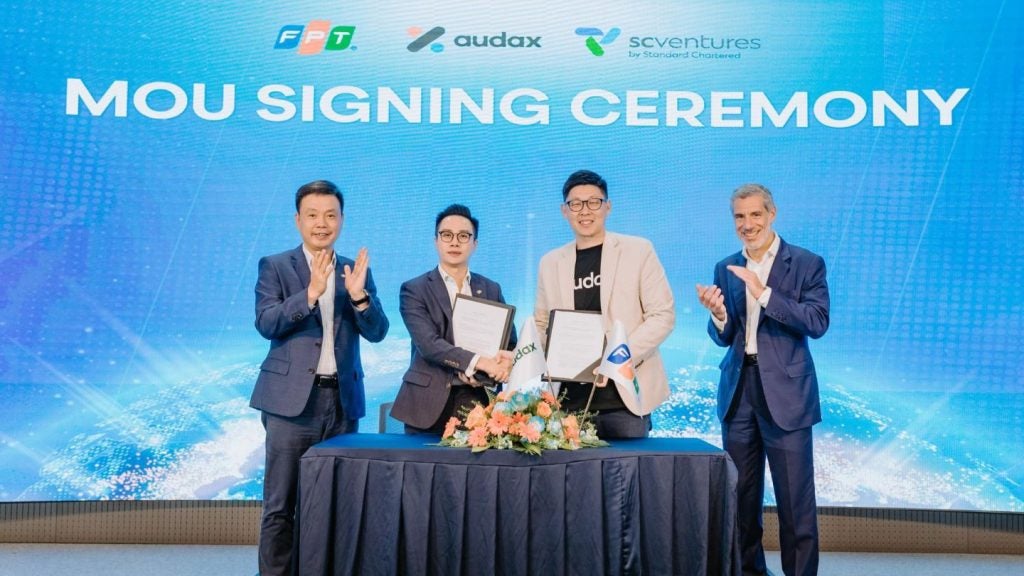Bank of America had 17 patents in internet of things during Q2 2024. The Bank of America Corp filed patents in Q2 2024 for technologies related to smart glasses displaying filtered information, offline processing of electronic transactions at ATMs, a technology agnostic distributed publication subscription service, IoT event processing using deep learning, and monitoring bots for failure through IoT devices. These patents aim to improve user experience, security, and efficiency in various technological applications. GlobalData’s report on Bank of America gives a 360-degree view of the company including its patenting strategy. Buy the report here.
Bank of America had no grants in internet of things as a theme in Q2 2024.
Recent Patents
Application: Apparatus and methods to extract data with smart glasses (Patent ID: US20240184115A1)
The patent filed by Bank of America Corp. describes an apparatus and method for extracting and displaying key information on a pair of smart glasses. The system involves a content filtering module that processes a stream of information to search for desired information based on user-defined filters. When the desired information is found, it is highlighted on the smart glasses display while blurring out all other information. The apparatus includes components such as a camera, display, I/O module, NIC, memory, and processor, along with a backend computer hosting the content filtering module.
The claims associated with the patent detail the configuration and functionality of the apparatus, including the use of artificial intelligence/machine learning algorithms by the content filtering module, communication of filter terms through the I/O module, and the ability to convert non-text inputs into text via natural language processing. The method outlined in the patent involves converting filter terms into keys, capturing a stream of information with the smart glasses camera, processing the information into images, extracting textual characters, and searching for matches with the keys. The content filtering module can be located on a mobile device or server, and is capable of providing updates to the user even after moving away from the livestream.
To know more about GlobalData’s detailed insights on Bank of America, buy the report here.
Data Insights
From

The gold standard of business intelligence.
Blending expert knowledge with cutting-edge technology, GlobalData’s unrivalled proprietary data will enable you to decode what’s happening in your market. You can make better informed decisions and gain a future-proof advantage over your competitors.







